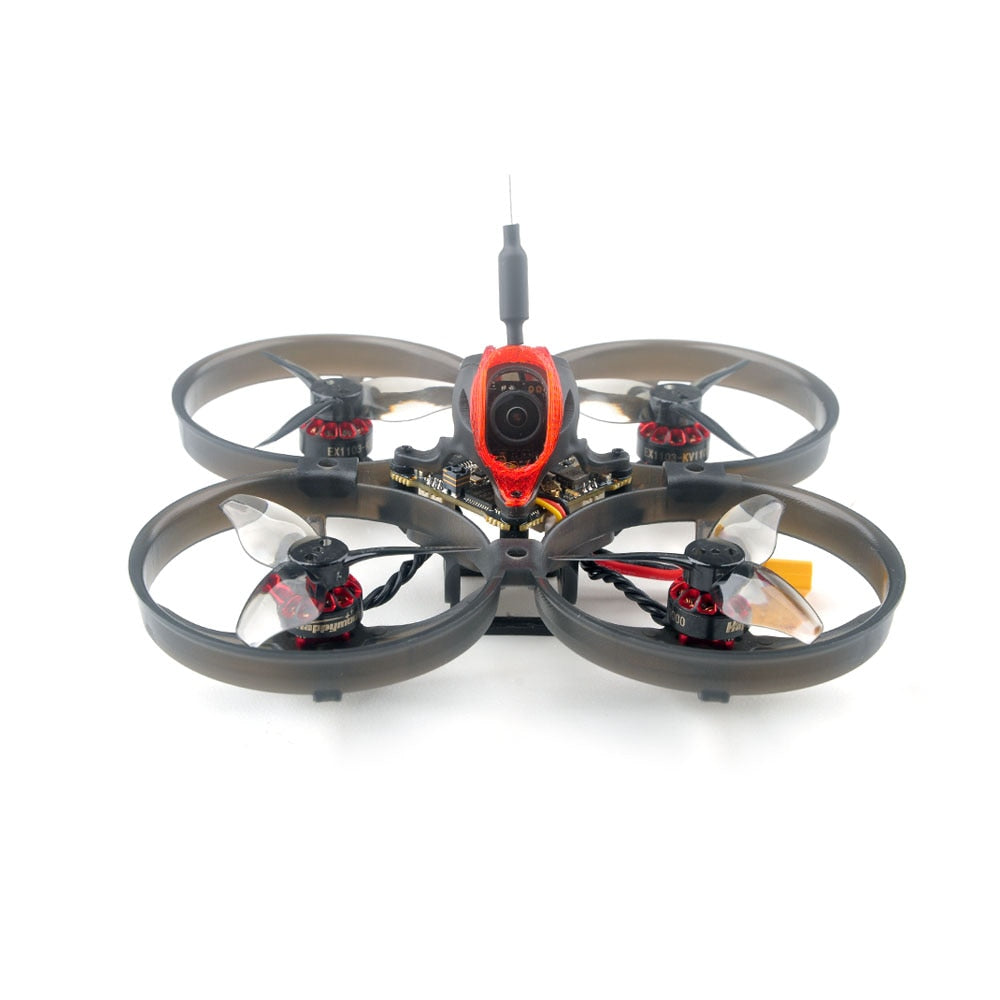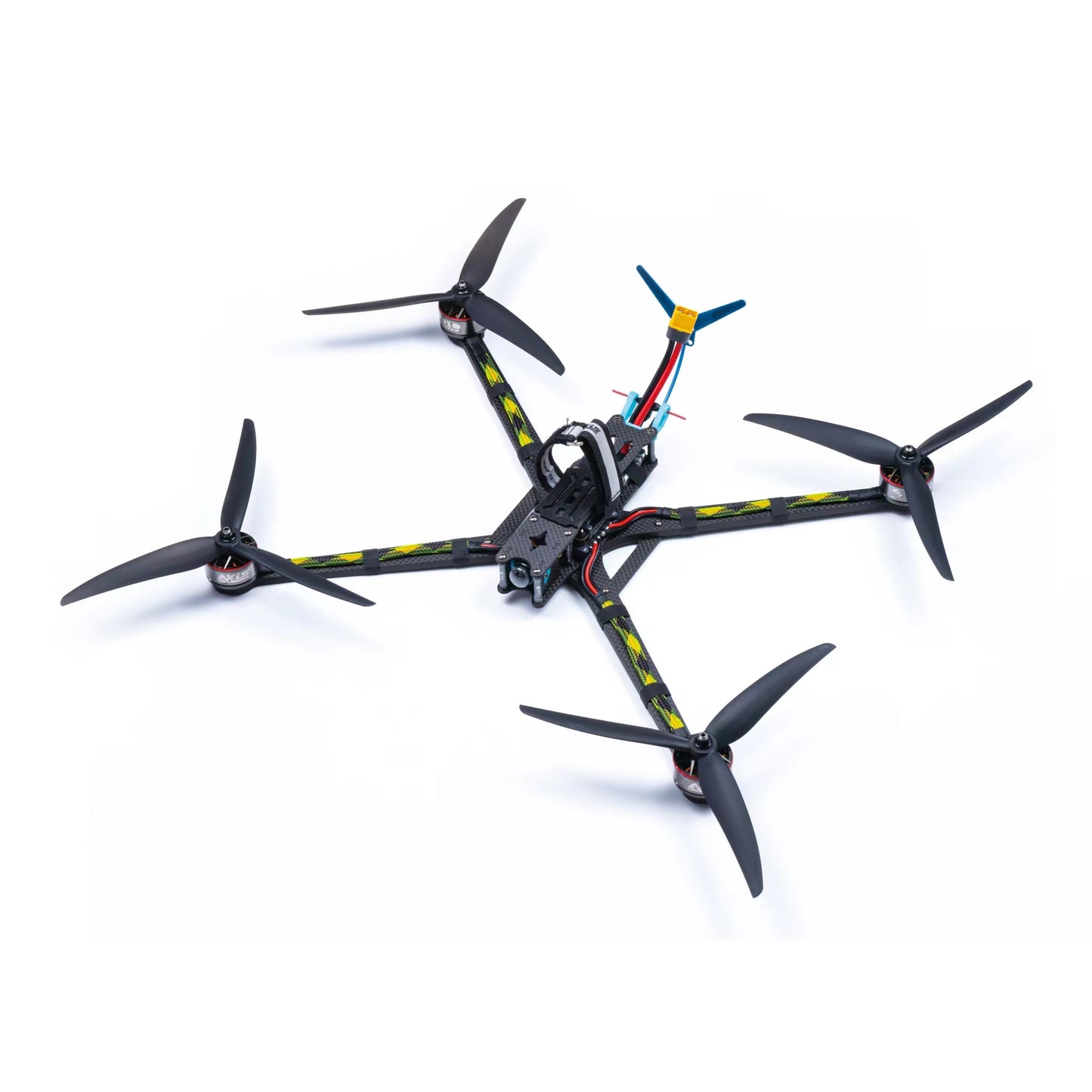FPV (First-Person View) drone photography has revolutionized the way we capture unique perspectives and stunning aerial footage. By combining the thrill of drone flight with the art of photography, FPV drone photography has opened up new possibilities for creative expression and visual storytelling. In this article, we will explore the world of FPV drone photography, discussing the techniques, equipment, and best practices for capturing breathtaking aerial images and videos.
Understanding FPV Drone Photography
FPV drone photography involves flying a drone fpv drone kit with a camera, while wearing a pair of FPV goggles that provide a live, first-person view of the flight. This immersive experience allows pilots to navigate the drone with precision, capturing unique perspectives and angles that would be impossible with traditional photography methods. FPV drone photography requires a combination of piloting skills, photographic knowledge, and artistic vision, making it a challenging yet rewarding pursuit.
Equipment and Accessories
To get started with FPV drone photography, you’ll need a few essential pieces of equipment. First and foremost, you’ll need a drone equipped with a high-quality camera, such as a GoPro or a DSLR. You’ll also need a pair of FPV goggles, which provide a live view of the flight and allow you to control the drone with precision. Additional accessories, such as a transmitter, receiver, and antenna, are also necessary for reliable and long-range flight. Finally, a good understanding of photography principles, such as composition, lighting, and exposure, is essential for capturing stunning aerial images.

Techniques for Capturing Unique Perspectives
FPV drone photography offers a wide range of creative possibilities, from sweeping landscapes to intimate portraits. To capture unique perspectives, pilots can experiment with different flying techniques, such as orbiting, panning, and tilting. Orbiting involves flying the drone in a circular motion around a subject, creating a dynamic and immersive experience. Panning involves moving the drone horizontally, while keeping the subject in frame, creating a sense of movement and energy. Tilting involves adjusting the drone’s angle, creating a sense of depth and perspective.
Best Practices for FPV Drone Photography
To get the most out of FPV drone photography, it’s essential to follow a few best practices. First and foremost, always follow safety guidelines and regulations, such as flying in designated areas and respecting private property. Next, make sure to plan your flight carefully, taking into account factors such as weather, lighting, and air traffic. During flight, stay focused and alert, keeping an eye on the drone and the surroundings. Finally, practice makes perfect, so be sure to fly regularly and experiment with different techniques and equipment.
Post-Production and Editing
Once you’ve captured your aerial footage, it’s time to edit and enhance your images. Post-production software, such as Adobe Lightroom and Photoshop, can help you adjust exposure, contrast, and color balance, creating a polished and professional look. Additional editing techniques, such as stitching and panorama creation, can help you create breathtaking wide-angle shots and 360-degree panoramas.

Applications and Opportunities
FPV drone photography has a wide range of applications, from commercial and industrial to creative and artistic. Real estate agents can use FPV drone photography to showcase properties and neighborhoods, while filmmakers can use it to capture stunning aerial footage for movies and TV shows. Additionally, FPV drone photography can be used for environmental monitoring, search and rescue, and disaster response. For creative professionals, FPV drone photography offers a new and exciting way to express themselves and showcase their work.
Conclusion
FPV drone photography is a rapidly evolving field, offering a unique combination of thrill, creativity, and technical challenge. By understanding the techniques, equipment, and best practices outlined in this article, pilots and photographers can unlock the full potential of FPV drone photography, capturing breathtaking aerial images and videos that showcase their artistic vision and technical skill. Whether you’re a seasoned professional or an enthusiastic beginner, FPV drone photography is an exciting and rewarding pursuit that can take your creativity to new heights.